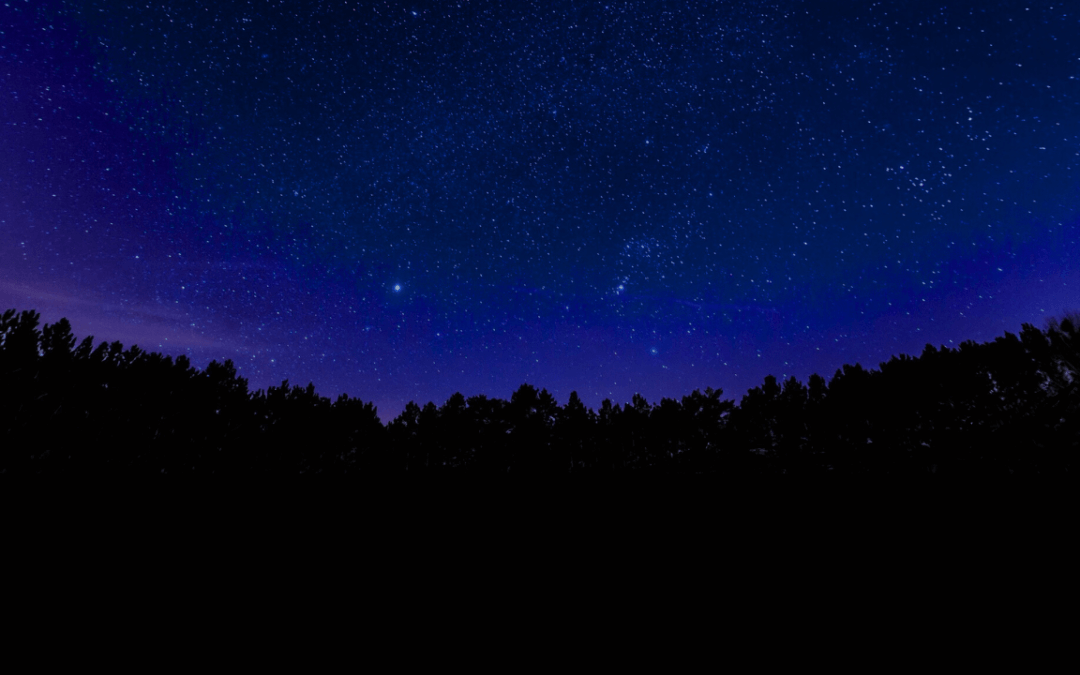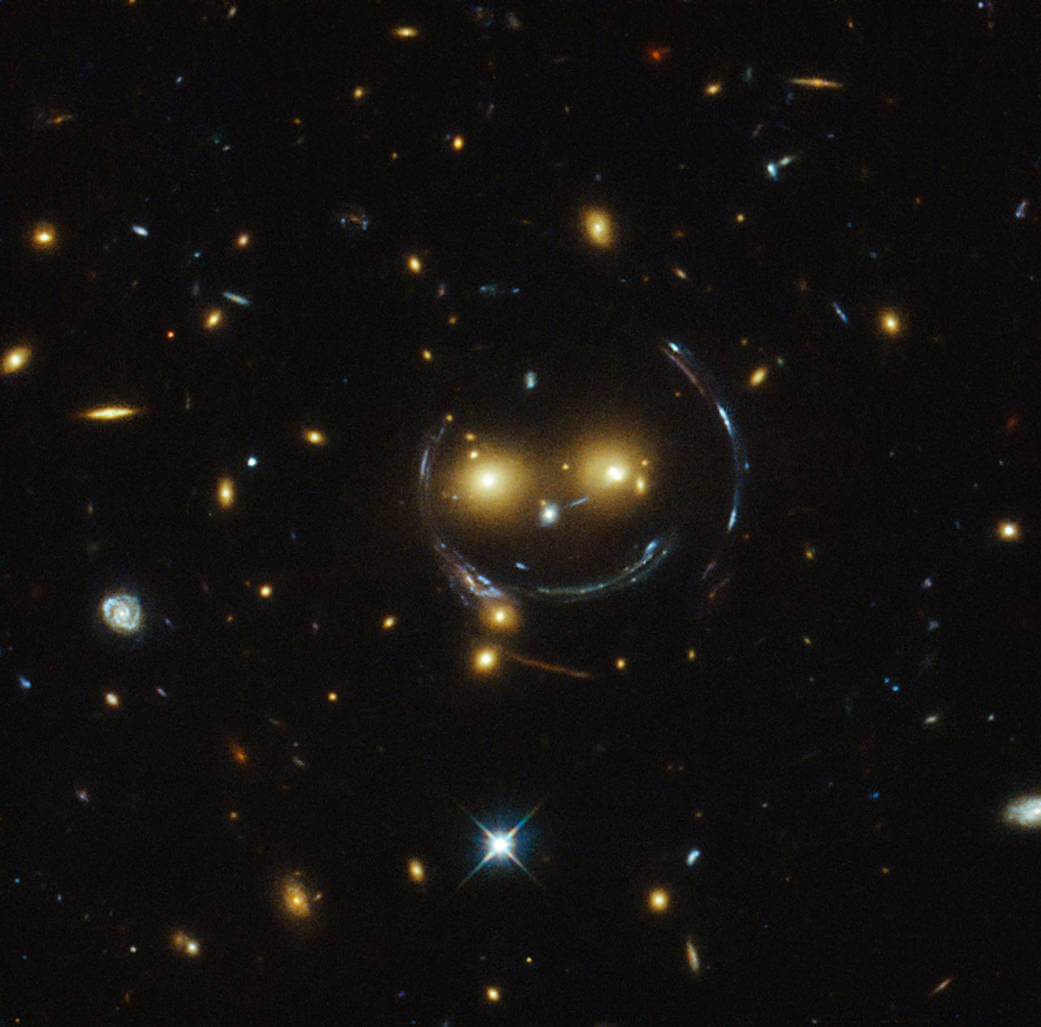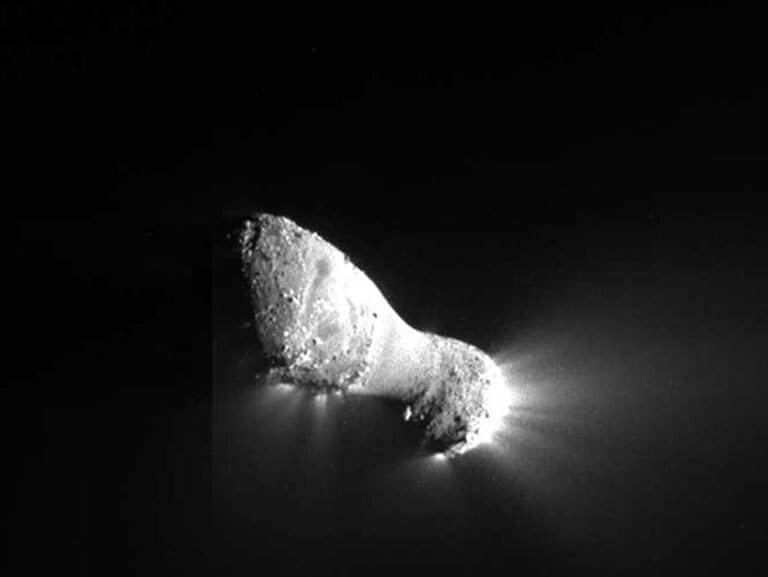The end of the year often affords us much needed time with family and friends, but if you are an amateur astronomer, it also means more time to observe! In addition to gathering around a fireplace or warm holiday meal, now is the perfect time to show off some celestial objects by gathering with loved ones around your Unistellar telescope.
Our holiday observing guide will take you through some of the December sky’s greatest hits in both hemispheres of our globe. We hope you enjoy these galaxies, nebulae, and clusters as much as we have:
The constellation Orion has many targets to offer and is visible to both hemispheres this time of year so that everyone can enjoy its hidden jewels. Take for instance the Horsehead Nebula, which is perhaps one of the only astronomical objects that looks like its namesake! It is located very near Orion’s belt and its impressive shape can be seen with the eVscope.
The Orion Nebula is a fan favorite among the Unistellar community. This nebula is an active stellar nursery of gas and dust, and its colors – caused by radiation from the forming stars – are striking through the eVscope. Since the Orion Nebula is quite close to the Horsehead, it is only moments away using target selection in the Unistellar app.
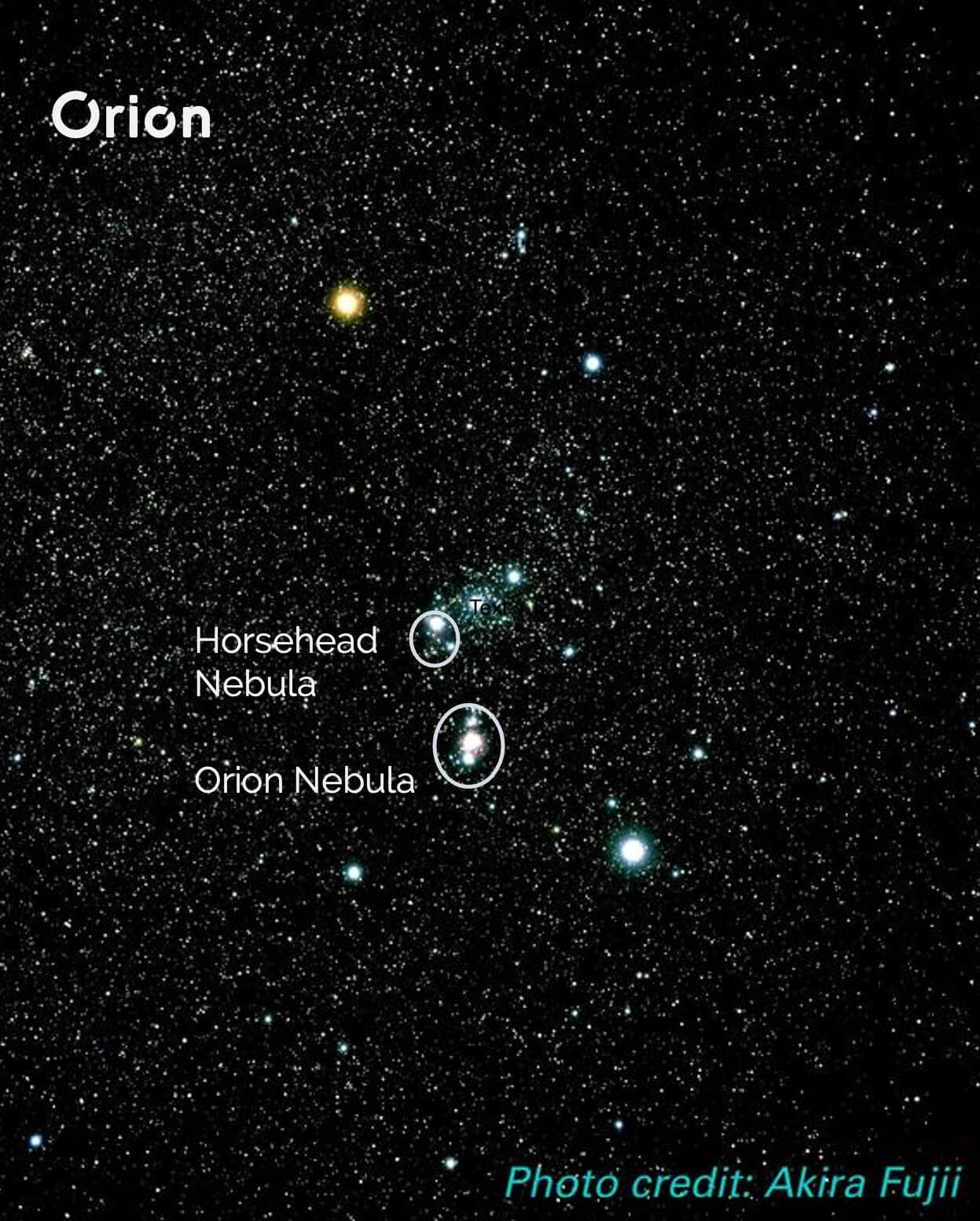
The circles mark the approximate location of the nebulae. Orion might be rotated in your sky based on your location. Credit: adapted from NASA Gallery
Another fantastic nebula for Northern hemisphere skies is the Helix Nebula, while in the South we have the Lambda Centaurus Nebula. The Helix was born from the death of an old Sun-like star, but Lambda Centaurus, also known as the Running Chicken Nebula, is a host of young stars that (apparently) are shaped like a chicken. For all the nebulae mentioned, we recommend an Enhanced Vision time of at least several minutes. Even if you begin to see the object, continue to let the telescope gather light so that deeper details can emerge.
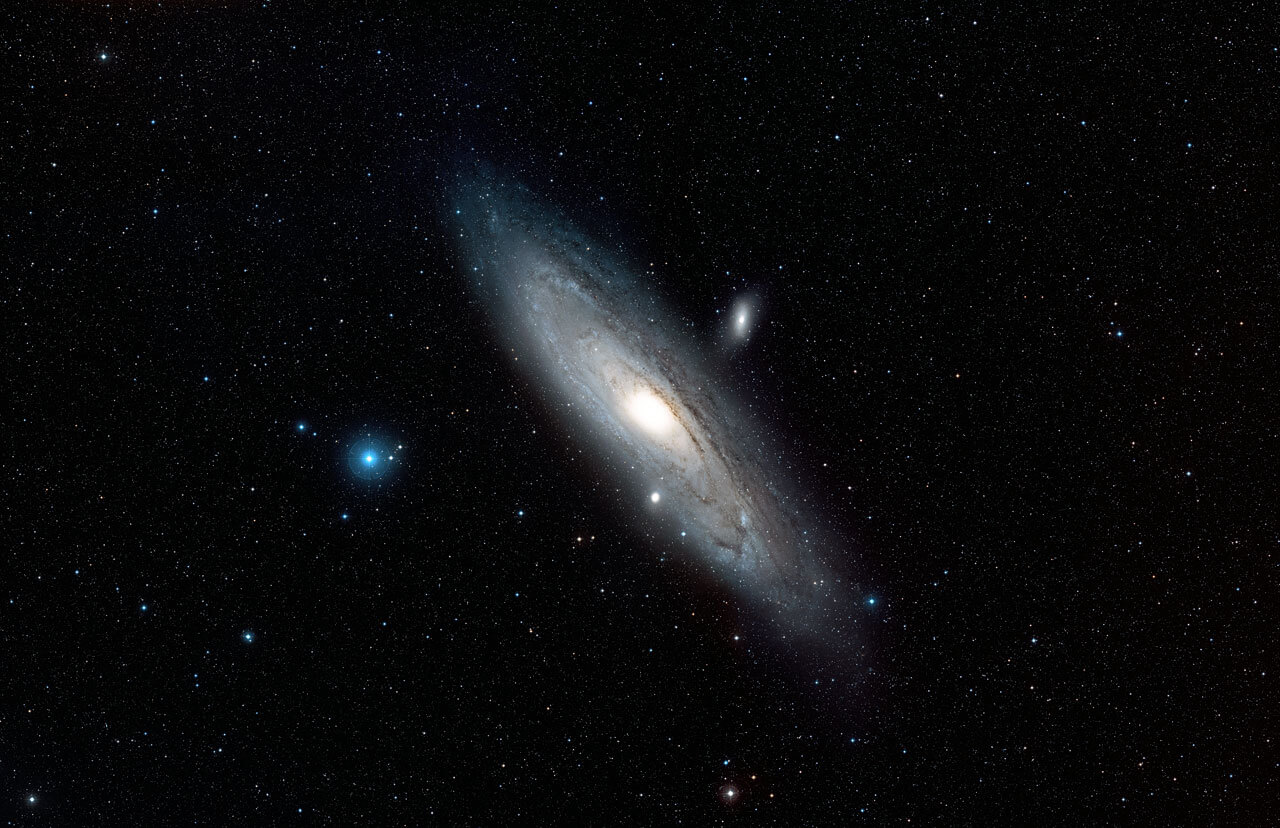
The Andromeda galaxy. Credit: ESA/Hubble
There are also several interesting galaxies in the sky this time of year. The Andromeda galaxy, our closest neighbor at 2.5 million light years away, is visible in both hemispheres. Get ready to be astounded by its brightness! The Sculptor galaxy in the Southern and the Triangulum galaxy in the Northern half of the globe are true holiday treats. All of these galaxies are spiral galaxies like our own Milky Way, but appear different in your eVscope based on their brightness and the angle that we see them from Earth.
Last but not least we have the Pleiades, the Seven Sisters of both hemispheres of the night sky. It is one of the closest clusters to Earth and is made up of hot, young, blue stars that make it bright enough to be seen with the naked eye. Other clusters to check out include M92 and 47 Tucanae in the Northern and Southern hemispheres, respectively.
Whether you explore these objects or find new treasures, we hope you enjoy the holiday night skies! If you take any images that you would like to share with us, feel free to tag us on any social media platform.
Further readings
3 raisons d’observer ce mois-ci
Sur Jupiter : Imaginez des lunes projetant leur ombre sur une planète géante. En ce moment, les lunes de Jupiter offrent un spectacle exceptionnel : des éclipses visibles même depuis des zones urbaines. Chaque passage d'une lune devant le Soleil crée une ombre qui danse sur la surface de Jupiter. Consultez notre article dédié pour ne rater aucun passage d'Io, Europe ou Ganymède.
La Nuits des Étoiles 2024
À l’occasion de la 34ème édition des Nuits des Étoiles, UNISTELLAR, renouvelle son partenariat avec l'Association Française d’Astronomie.
Unistellar Community Included In Multiple Scientific Papers
Did you know Unistellar Citizen Astronomers are often cited in published scientific papers? Find out how you can contribute too!
Nouvelle Mise à Jour de l’App Unistellar : Version 3.0
The latest Unistellar App Update, version V3.0, is now live. Explore a smooth stargazing experience !
Halloween Observing Guide: Spooky Deep-Sky Objects
These Halloween deep-sky objects will add some light to those dark, spooky nights. Treats, tricks, and telescopes await!
Guettez la comète Hartley 2 avec l’AFA et Unistellar
L’AFA et Unistellar s’associent pour observer la comète 103P/Hartley ! Participez avec nous à l’observation de la comète Hartley 2 jusqu’au 25 octobre.

